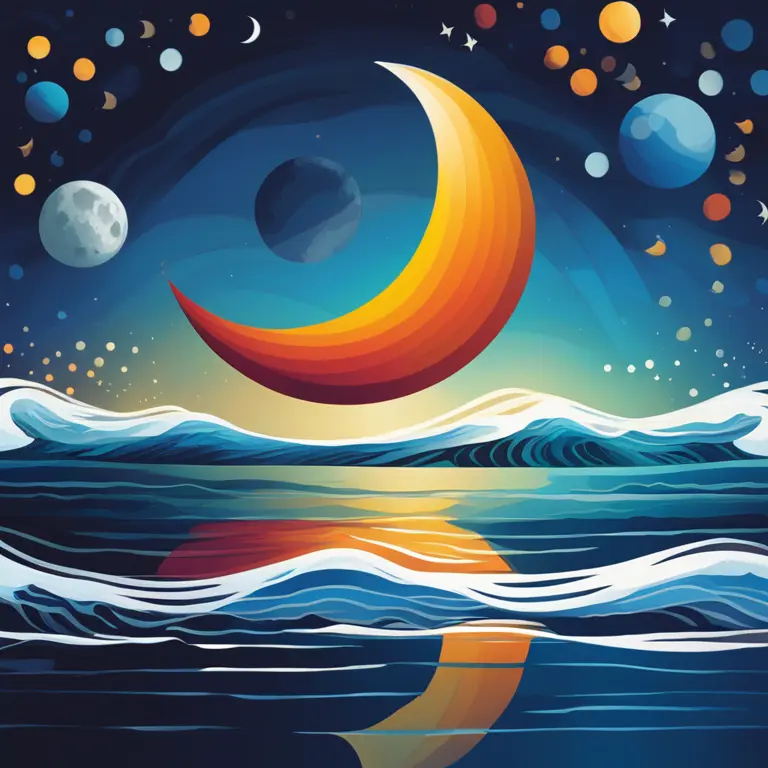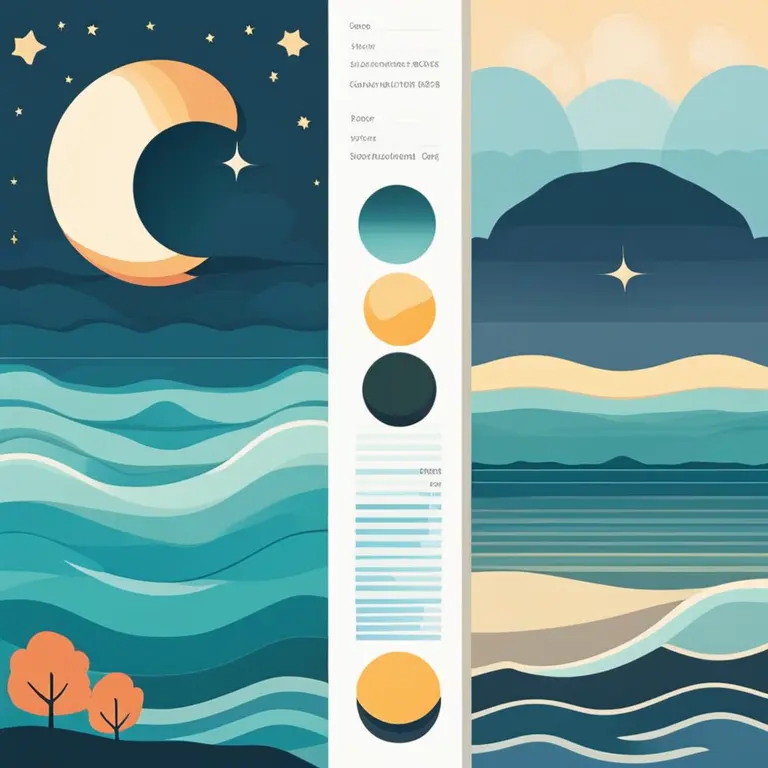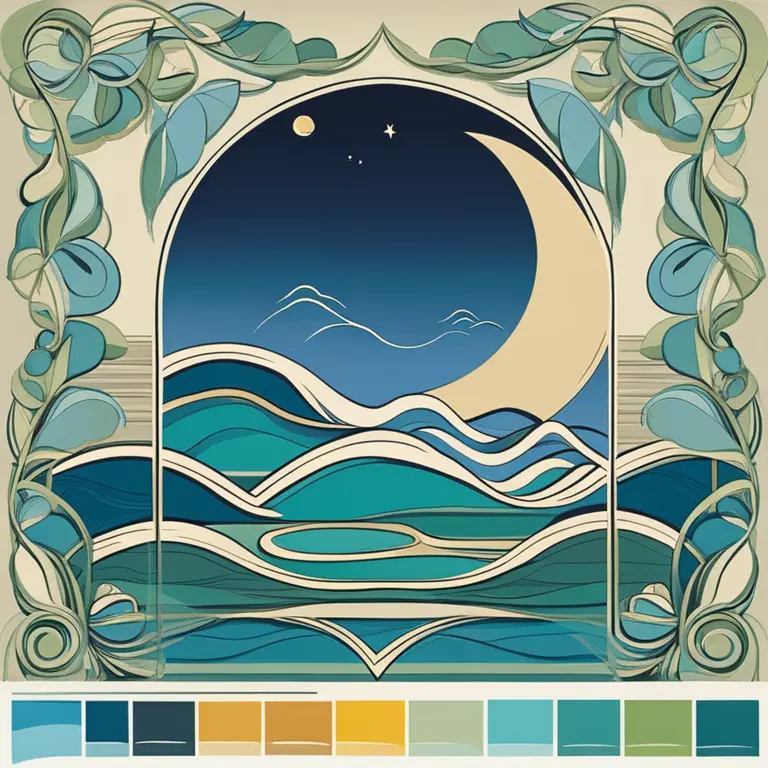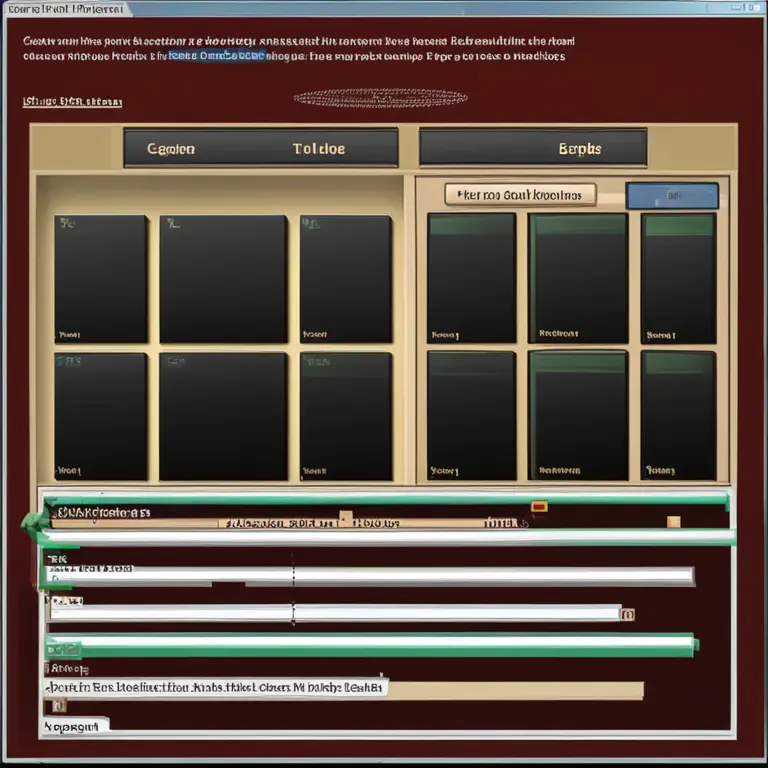
The Moon's Phase and Its Impact on Ocean Tides
Discover how the moon's phases influence the rise and fall of ocean tides, affecting our coastal environments and maritime activities.
article by Priya Deshmukh
The Lunar Cycle and Tidal Patterns
The rhythm of the ocean tides is deeply interconnected with the phases of the moon. Our satellite's gravitational pull is the primary force behind the fluctuating water levels that we observe along coastlines. As the moon orbits the Earth, it passes through different phases, from new moon to full moon and back again. These stages coincide with the spring tides and neap tides – the two extremes in tidal range that are pivotal for understanding coastal phenomena and maritime planning.

Spring Tides: New and Full Moon Influence
Spring tides occur during the new moon and full moon phases, approximately every 14 days. In these periods, the sun, moon, and Earth align, amplifying the gravitational pull on our planet's oceans. The alignment during the new moon, when the moon is between the Earth and sun, and the full moon, when the Earth lies between the sun and the moon, causes higher than average tides, known as high spring tides. These tides can lead to significant coastal flooding and are crucial moments for fishermen, navigators, and coastal residents to prepare for.

Neap Tides: The Quarter Moon's Subtle Effect
When the moon is at the first or last quarter phase, the gravitational forces of the moon and sun are perpendicular to each other, resulting in neap tides. During these periods, the difference between high tide and low tide is less pronounced, leading to milder tidal conditions. Neap tides offer a period of relative calm on the seas, which can be advantageous for certain marine activities that require lower tidal variations, such as underwater construction or recreational beach outings.

Forecasting Tides: Astrological Insights for 2024 and Beyond
Astrology enthusiasts often seek celestial advice to harmonize with the natural world. For the year 2024 and beyond, understanding the moon's cycle can enhance planning for sea-related events and rituals. Astrological forecasts suggest that periods of high spring tides may carry energies conducive to renewal and starting new ventures, while neap tides are seen as times for reflection and maintaining steady progress.

Environmental Considerations and Moon Phases
Beyond navigation and astrology, the moon's phases and their impact on tides have significant ecological implications. High tides facilitate nutrient mixing and provide feeding opportunities for a range of coastal species. Meanwhile, low tides expose different habitats, offering a window into the often hidden intertidal ecosystem. Environmentalists and naturalists can use knowledge of the moon's phases to predict these occurrences and promote conservation efforts effectively.
Navigating Coastal Activities with Lunar Knowledge
For local populations and visitors alike, recognizing the powerful influence of the moon's phases can transform the way they interact with the coastal environment. Beachcombers, surfers, and boaters can better plan their activities by consulting the lunar calendar. Moreover, businesses tied to tourism and fishing also benefit from this celestial schedule, optimizing conditions for success and safety by aligning their operations with the natural ebb and flow of the tides.
Published: 1/19/2024
Modified: 1/19/2024
More predictions
Come back here soon to learn more about yourself and your future


Moon Phases: Celestial Dynamics and Impact
Discover the intriguing facts about moon phases and their significance in celestial dynamics, astrology, and personal biorhythms.


Moon Phase Soulmates: Cosmic Bonds in Love
Discover the enchanting connection between moon phases and soulmate relationships in this insightful article on cosmic synergy in love.


The Mystery of Lunar Phases: What Causes Them?
Delve into the celestial mechanics behind the lunar phases and how they influence our astrological interpretations.